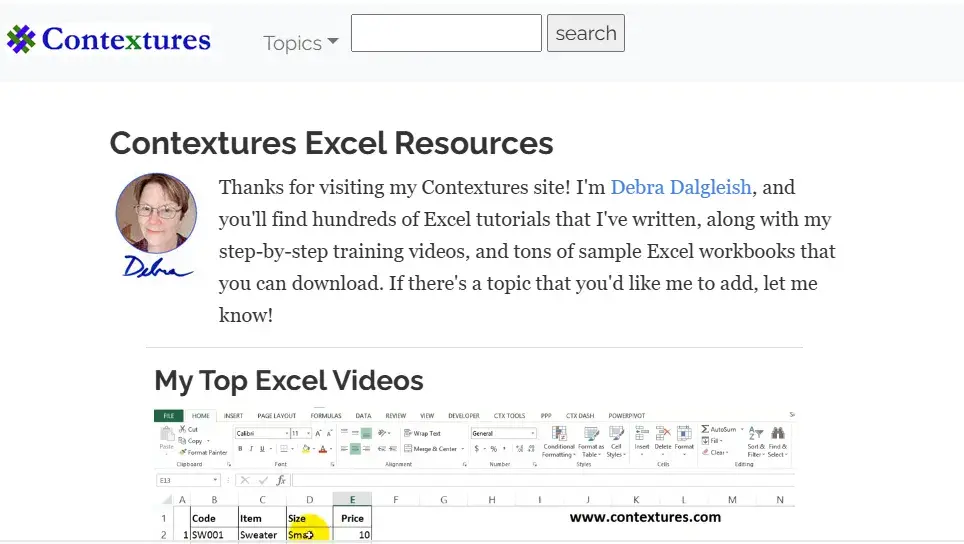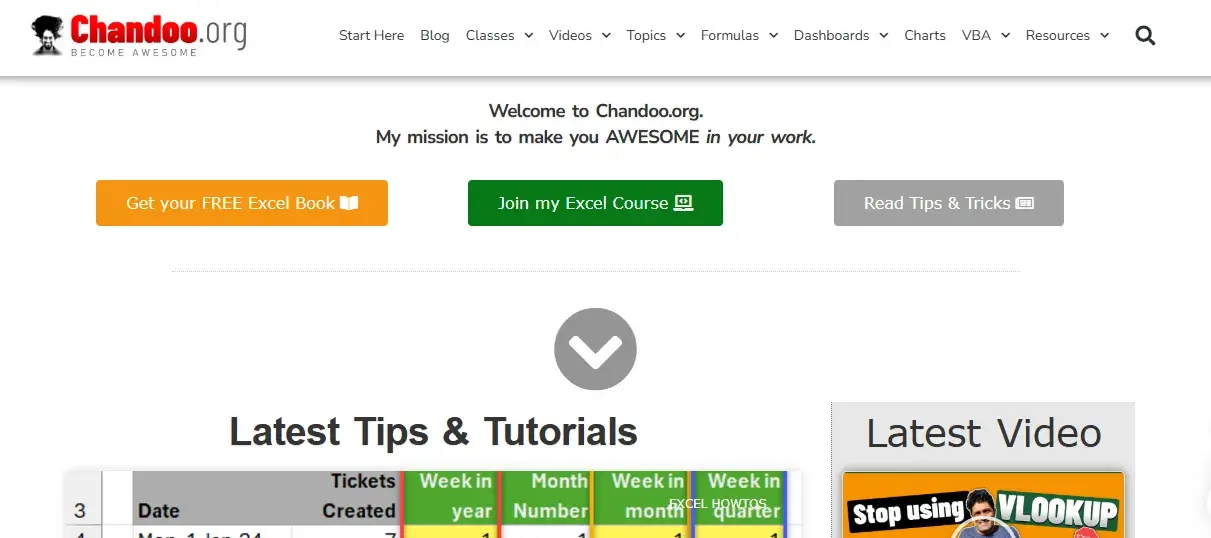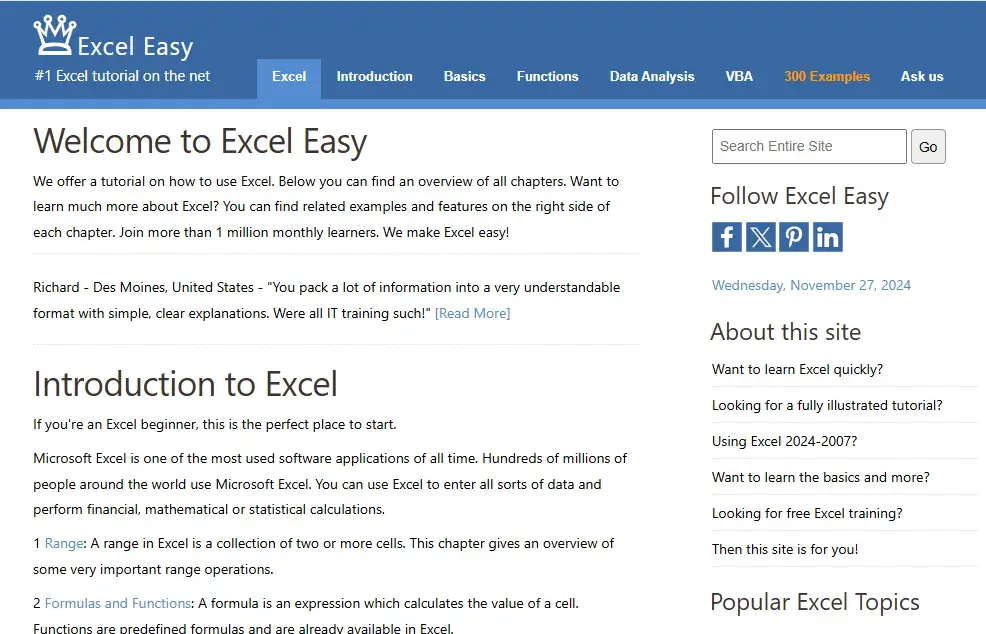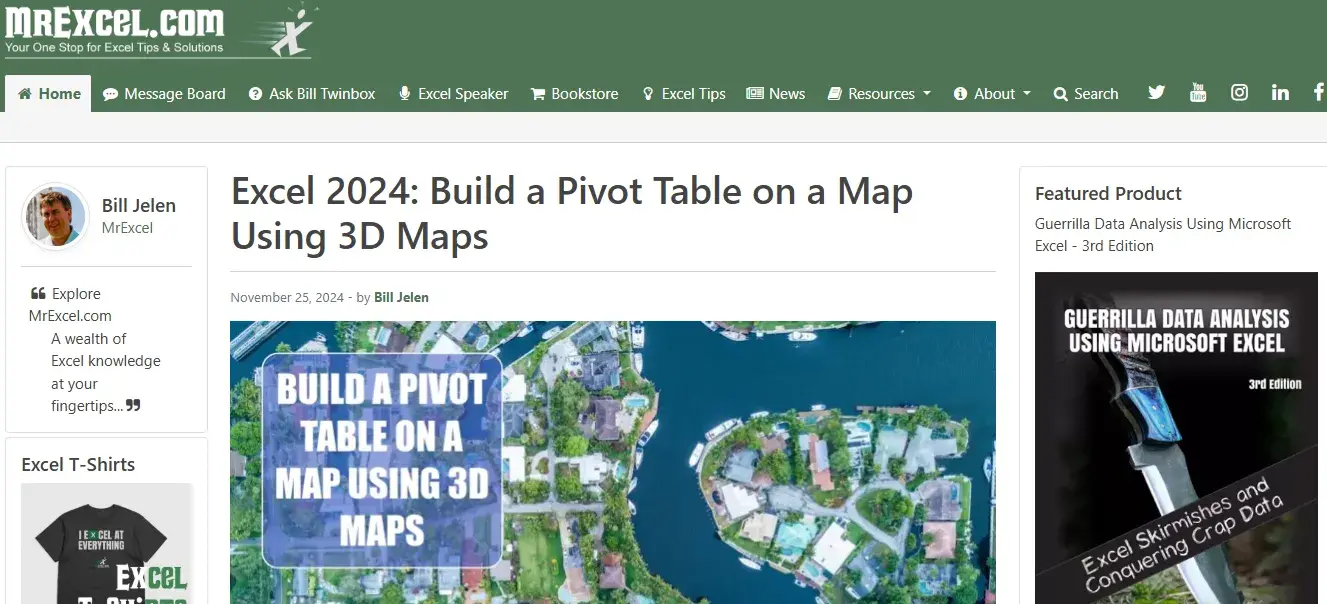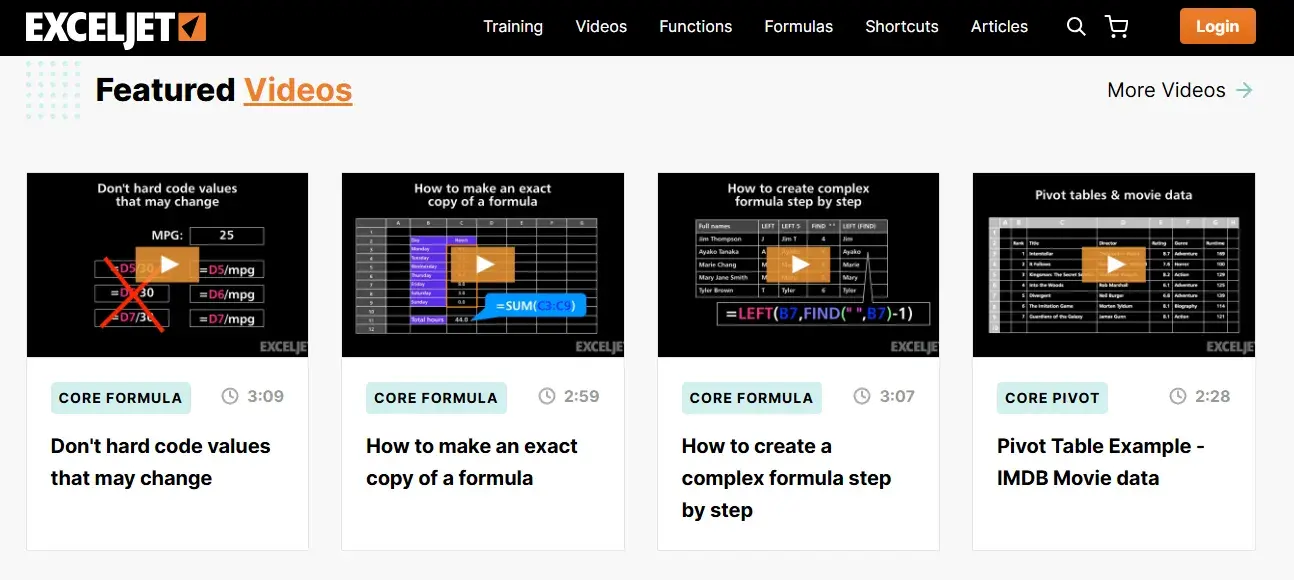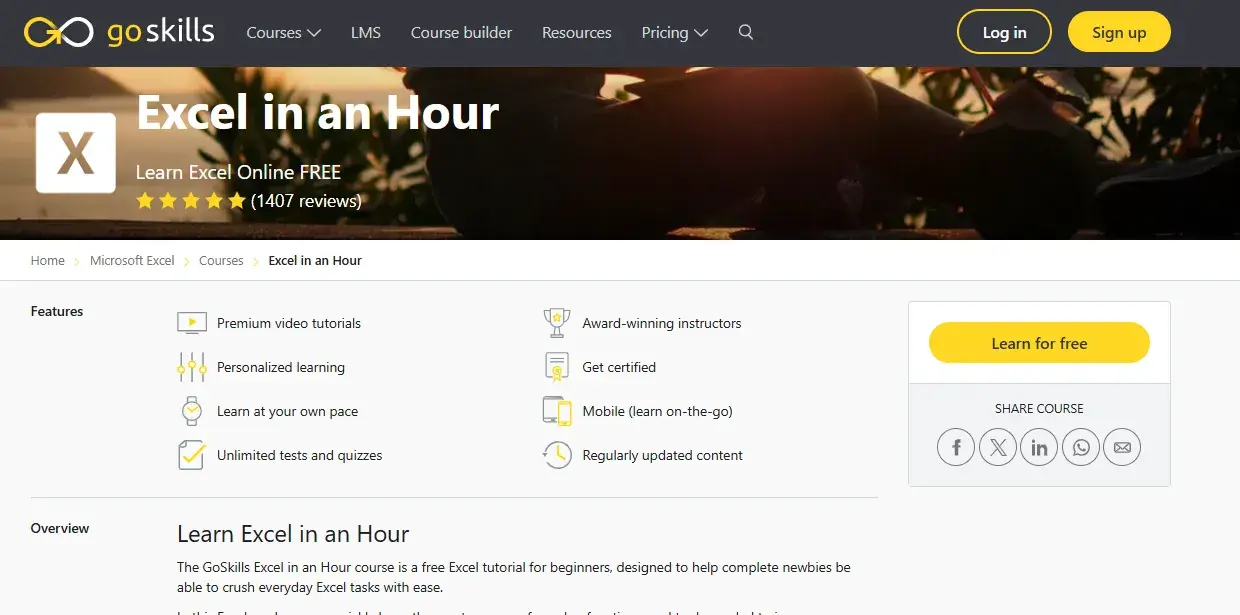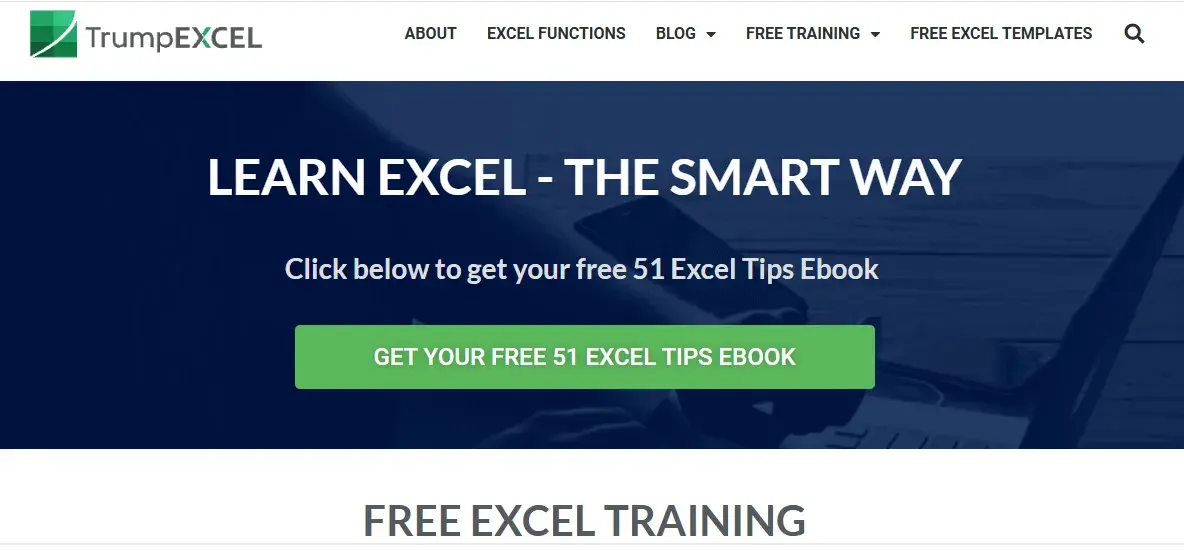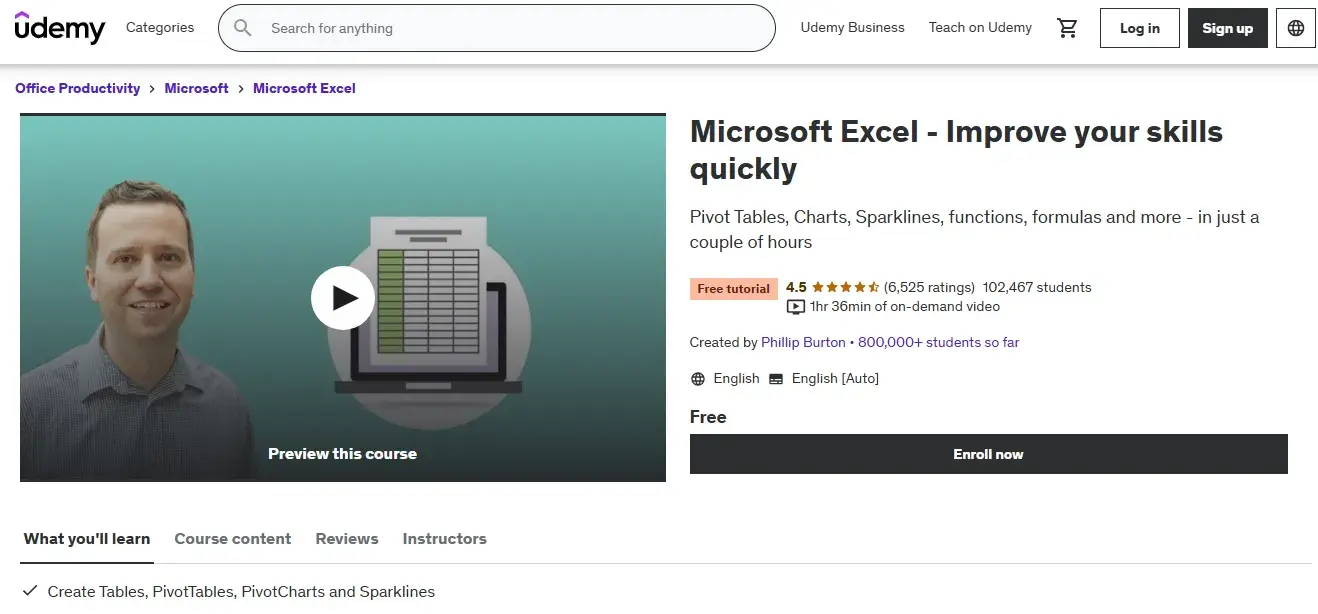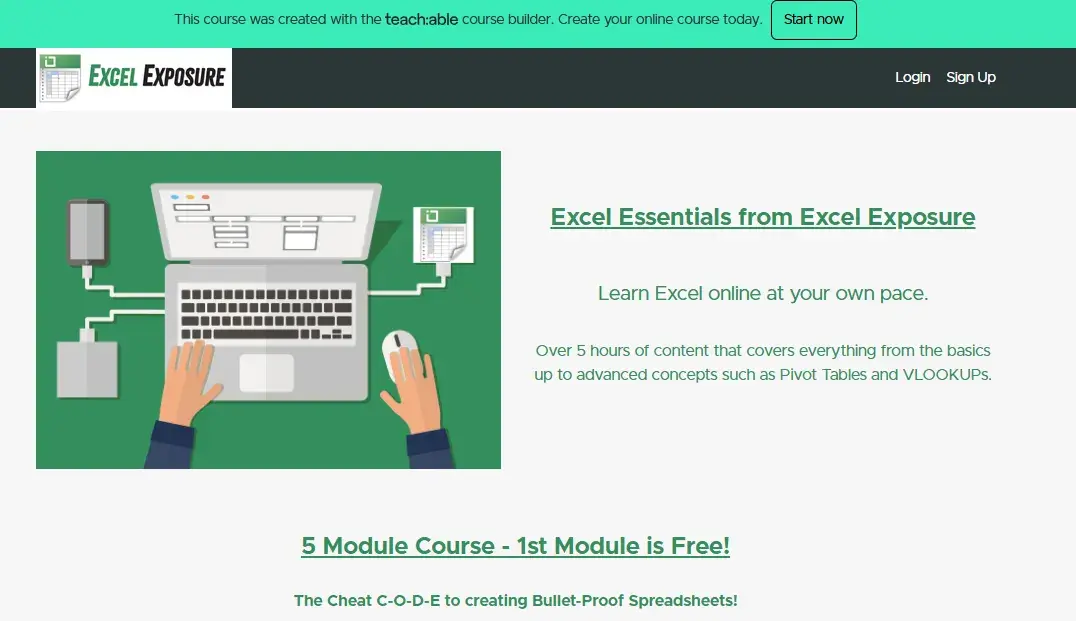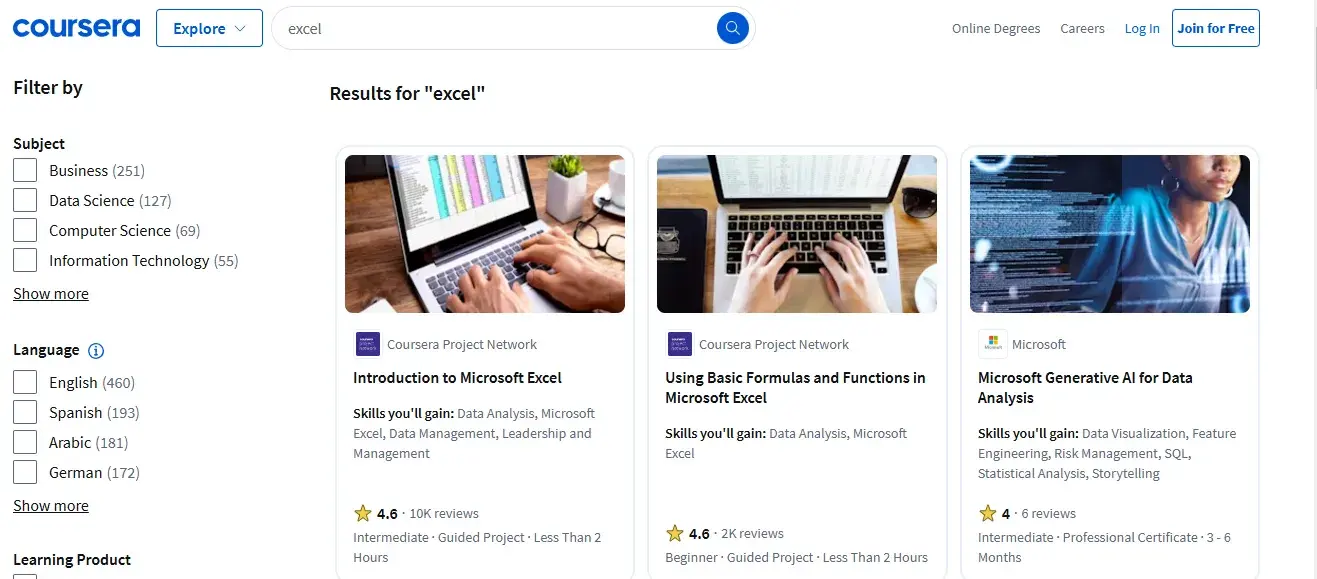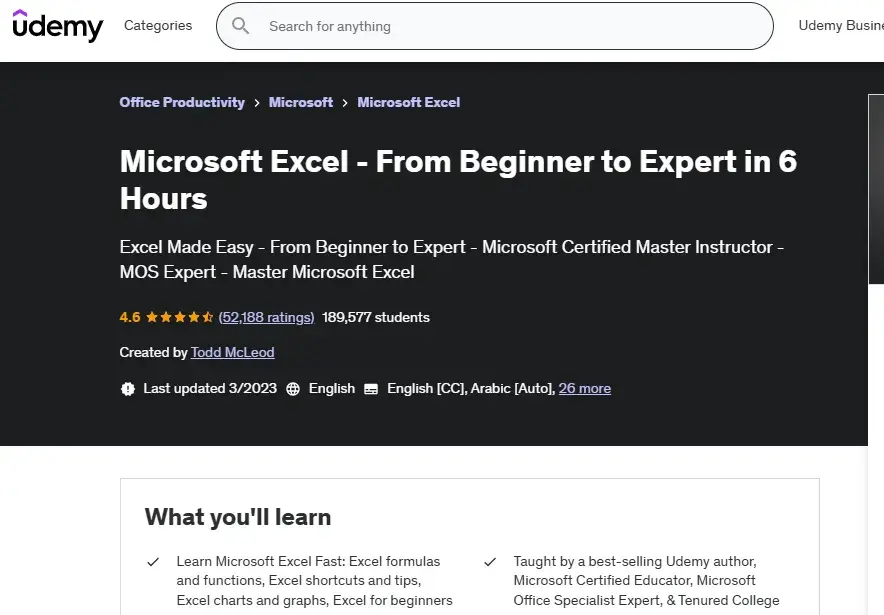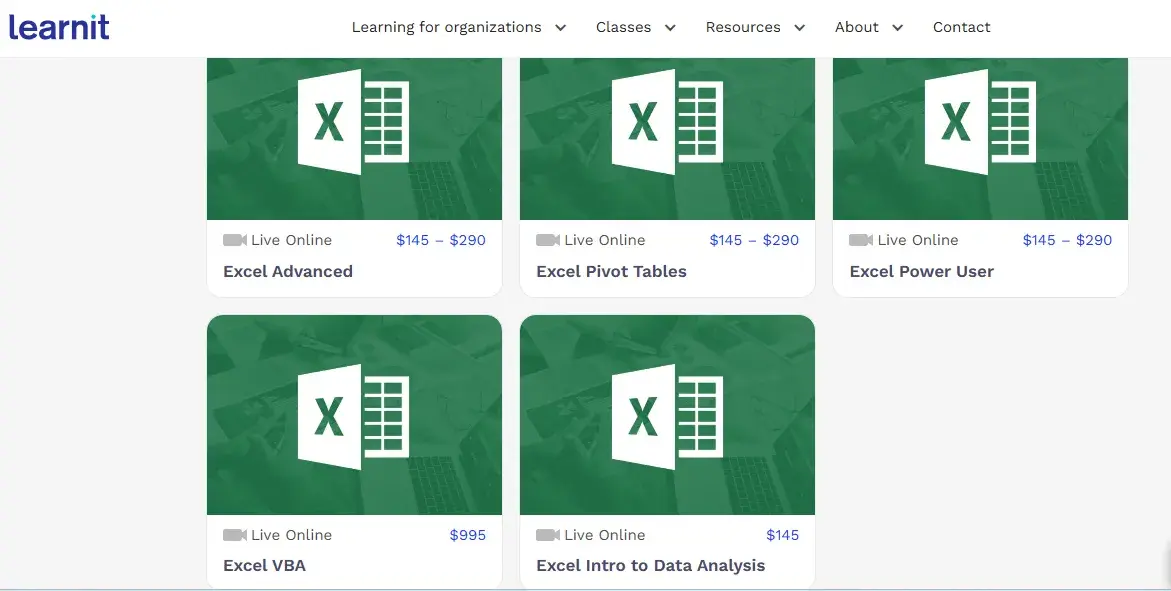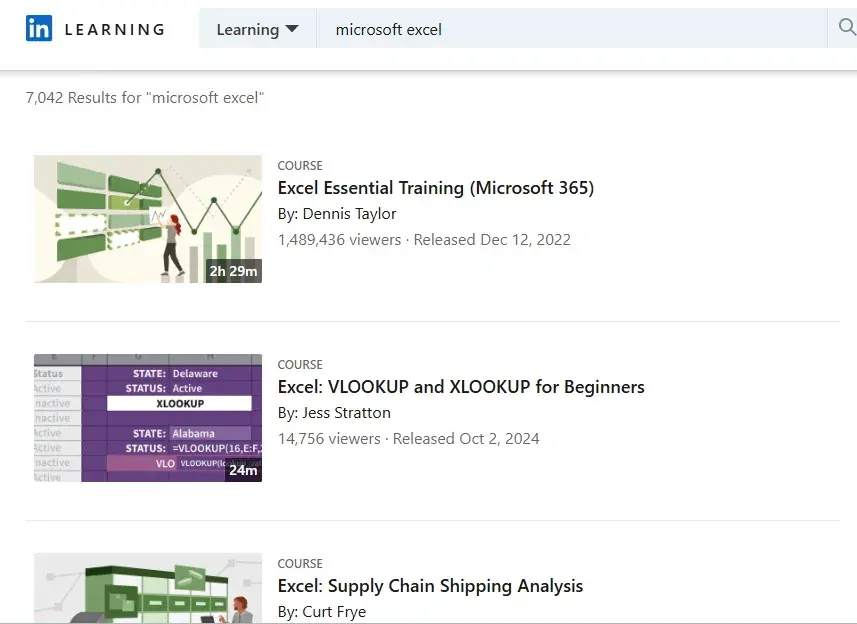I’ve tried and tried, but I can’t crack the TikTok algorithm. Friends and peers regularly ask for advice on how to get eyes and engagement there, and I hate to admit it, but I’ve got nothing.
Thankfully, TikTok ads are here to bypass the unknowns and reach your audiences, and the best TikTok ads have created quite the playbook to success.
While TikTok’s future is still uncertain — it’s already banned in several countries and is on the verge of the same fate in the United States — its marketing potential can’t be denied.
Marketers report that it has the third-highest engagement of all social media and it is also the fastest-growing (rising 9% year over year from 2023). Let’s take a look at some of the best TikTok ad examples so you can reap some of its rewards.
Table of Contents
- Why Should You Invest in TikTok Ads?
- How to Get Started with TikTok Ads
- Types of TikTok Advertisements
- What makes a great TikTok ad?
- 10 of the Best TikTok Ad Examples to Inspire Your Next Campaign
Why Should You Invest in TikTok Ads?
Not convinced that TikTok is worth investing your marketing dollars in? Here are some quick facts and statistics that may change your mind:
- It’s affordable: TikTok’s CPM is half the cost of Instagram, a third of the cost of Twitter, and 62% less than Snapchat. (eMarketer)
- After seeing an ad on TikTok, viewers trust the brand 41% more and are 31% more likely to be loyal to the brand. (TikTok)
- TikTok users are 1.8x more likely to convince their family and friends to buy the item they purchased previously (versus non-TikTok users). (TikTok)
- 37% of TikTok users in the United States made purchases either through links on the app or directly on the platform. (Statista)
How to Get Started with TikTok Ads
If you’re new to TikTok, you’ll definitely want to download a copy of our comprehensive guide to TikTok Marketing before we continue.
It’s free and will give you a strong foundation on harnessing the platform’s power for business success.
You can also check out our article “TikTok Ads Guide: How They Work + Cost and Review Process [+ Examples].”
In it, fellow HubSpotter Flori Needle breaks down everything you need to know about creating an account, actually building an ad in the platform, and getting approved.
Keep reading for inspiration for those ads.
Types of TikTok Advertisements
While limited in terms of targeting and objectives compared to platforms like Instagram and Facebook, TikTok offers a number of ad formats for marketers and advertisers to choose from.
TikTok TopView Ads
A TopView TikTok Ad is essentially a video ad shown to users immediately upon opening the app.
It appears as a three-second full-screen experience before transitioning into an in-feed version of the video with icons and the ability to interact or navigate as you wish.

TikTok claims users are 1.5x more likely to recall a brand from TopView than other ad types, while a study by Kantar found 68% of users were more likely to click on TopView ads than others.
The platform touts this as their most premium ad type, and I don’t blame them for the exposure and undivided attention it provides. That said, this ad type is only available to select users.
What’s it best for? Awareness, website traffic, conversions (lead generation).
In-feed Videos
In-feed ads appear directly in a user’s content feed and resemble native TikTok videos minus a small “sponsored” tag.
These advertisements can be video-based or image (more on that shortly), up to 60 seconds long, and include a call-to-action button that can direct users to a website, landing page, or even TikTok Shop.
(This is definitely the most popular TikTok Ad type.)
What’s it best for? Website traffic, conversions, app downloads.
In-feed Image/Carousel Ads
While primarily known for video, TikTok also allows you to upload static image content, which brings us to the in-feed image or “carousel” ads.
This format is similar to “Carousel” on Instagram. It allows you to upload multiple images in a sequence that users must then scroll through to see the entire message (though you can also automate the scrolling).
Unlike videos, which people can passively watch, these ads let you highlight multiple things and promote engagement/interaction with your brand in-feed.

What’s it best for? Website traffic, conversions/lead generation, engagement, and promoting products in TikTok Shop.
Branded Mission (Hashtag Challenges and Effects)
Branded Missions (commonly referred to as Hashtag Challenges) are essentially larger ad campaigns (usually centered around a hashtag or branded effect) where brands are paired with TikTok creators to create content around their goals.
Rather than crafting a finished ad, brands are putting together more of a creative brief to explain what they’re looking for from creators and convince them to participate.
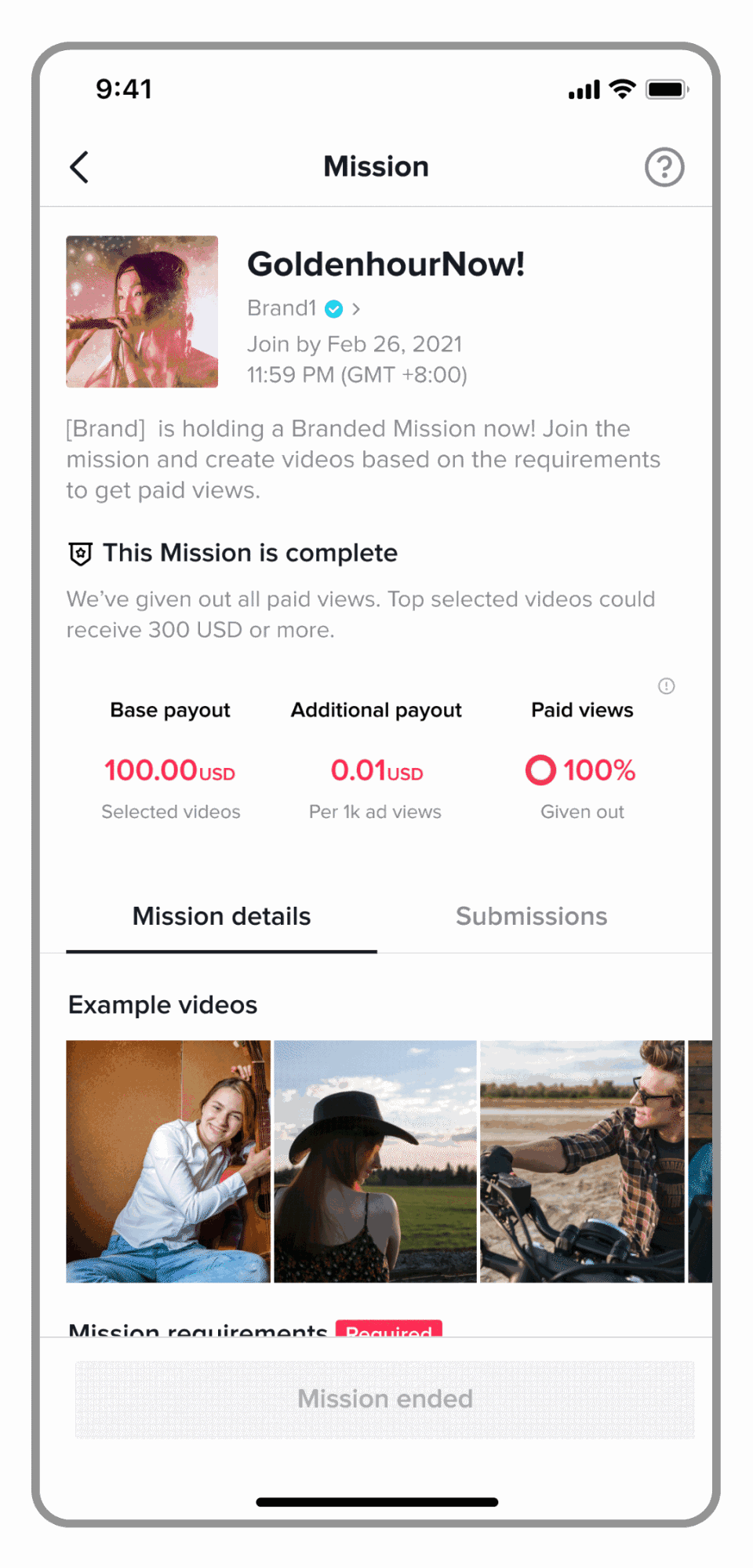
A Branded Mission campaign must include:
- Bundled Feature Page (Branded Hashtag page and/or Branded Effect page)
- Branded Mission Page
- Branded Mission Details Tab
- Branded Mission Submission Tab
- Mission Center Page
More details on these from TikTok here.
What’s it best for? Building brand awareness and generating engagement.
Spark Ads
Simply put, Spark Ads are like “Boosted” posts on Facebook or Instagram — existing content you decide to promote to new or larger audiences with advertising.
The difference here is that it can be content on your profile or from other users who have granted permission to promote their videos.
In other words, you can share any of the great user-generated content customers create about your product. This allows brands to get the most out of content already proving to work, working “smarter, not harder.”
Spark ads are displayed in-feed like they were initially posted but add a call-to-action butt that can drive traffic to a brand’s TikTok profile, website, or TikTok Shop.
What’s it best for? Building awareness, trust, conversions, Tiktok Shop sales, and customer appreciation.
What makes a great TikTok ad?
Fast-paced and Concise
TikTok ad videos can be up to 60 seconds long, but even the platform recommends keeping them 9 to 15 seconds long, as these tend to perform best.
It’s always wise to keep your content short and sweet to avoid losing your audience’s attention and also leaving them wanting more.
(And willing to click to get it.)
Less Produced
Gaining popularity during the COVID-19 lockdown, TikTok became known for the less-refined production value of its videos.
People from all walks of life could edit and share videos and the majority were shot vertically on a smartphone, had no fancy sound or lighting, and were usually in homes or real-life scenes/settings.
This style became a platform staple and key to adapting to its culture.
Conversational Tone
Another staple of TikTok is its conversational tone. Much of the content features people speaking to the camera or with a narrative voiceover, making information accessible and easy to understand. It’s rare to see original content that does not follow this style, and great TikTok ads tend to emulate it.
Overall, the best TikTok ads feel native to the platform, aligning with the style of the content shared there and what your particular target audience wants and does there.
Most of the points above come back to this, but here are a few other things we commonly see:
- Focusing on the customer (their pain points, interests, concerns, and experiences)
- Incorporating trends (memes, topics, sounds, etc.)
- Working with popular, relevant influencers or creators
Let’s take a look at some examples of ads that capture these elements well and what you can learn from them.
1. BetterHelp
One of the hallmarks of TikTok content is lower production value. I don’t mean this as an insult in any way; I simply mean it’s less refined.
Rather than looking like a traditional, big-budget television commercial, TikTok videos tend to look like a private consumer filmed them with just a smartphone.
They may be dimly lit, the footage a little shaky. This makes the content come off as more authentic and relatable, a perfect sentiment for BetterHelp.
What We Like:
- Short and direct with its messaging.
- The “talking head” style feels like you’re just receiving advice from a friend. It’s more of a heart-to-heart conversation.
- The setting of the narrator doing a skincare routine aligns with and drives home the idea of self-care.
The Lesson: Keep your video conversational and straightforward. This video doesn’t feel scripted but like an organic conversation with someone who cares about you. Rather than coming off like a pushy sales pitch like a lot of advertising, it makes you want to listen.
Pro Tip: Always include captions in videos with speaking. This makes your video accessible to a larger audience and helps get your message across even if viewers have their sound off.
2. DoorDash
What We Like:
- It uses a compelling hook to grab your attention.
- The ad uses a Gen Z narrator to appeal to the demographic on the platform. 78% of Gen Z in the US reports using TikTok, according to Measure Protocol.
- The ad uses a popular effect on TikTok, known as green screen, allowing the creator to demonstrate how easy it is to sign up for DoorDash. Combining all these tactics gives you a video that looks and feels authentic to the platform.
The Lesson: Know your audience. From the creator to the hook, it’s clear who DoorDash is trying to appeal to with this ad: young adults who want some extra cash for fun things like AirPods. Get to know your buyer persona and cater your TikTok ad to speak to all their interests.
3. SuperGoop
Like many millennial women, my “for you” page is often full of makeup and skincare tips. So, this SuperGoop TikTok fits right in.
In it, a creator shows viewers how to get a “glowy” summer look using two SuperGoop products.
What We Like:
- A swift length of 29-second
- “Hacks” and how-tos are popular on TikTok. This ad delivers value as a tutorial for solving a common problem.
- Capitalizes on a simple, first-person narrative voiceover.
- Ends with a call to action; telling viewers to “shop now” for the product featured in the video
The Lesson: Always end with the next steps for your viewer. It’s one thing to convince someone to want your product or service, but if you don’t tell them how to actually get their hands on it, you only create more friction.
4. HelloFresh
There’s nothing worse than watching an ad that feels scripted or forced. One way to get around this is by filming a vlog-style video, like this one from HelloFresh:
What We Like:
- Grabs your attention by mentioning a common pain point: spending too much at the grocery store.
- Shows the entire customer journey, from unboxing to enjoying the meal with a loved one. Viewers get a full recap of a real-life customer experience.
- Her recommendation feels personal, almost like an endorsement from a trusty friend.
The Lesson: Tell a story. Part of what makes this ad appealing is that it takes you on a narrative journey with the main character. You’re introduced to her and her relatable pain point and are compelled to stick around to see how things turn out for her.
Storytelling is a tried-and-true strategy in any form of marketing, and TikTok is no different.
5. JCPenny
What We Like:
- Ad is framed as a “shopping haul,” which is a popular format on social media.
- Uses a first-person narrative
- Highlights several JCPenny products in real life
- It’s timely/seasonal, making it even more relevant to its target audience.
- It’s messaging is honest. It recognizes that people don’t always think of the brand as trendy or young anymore but uses the video to prove why that’s a mistake.
The Lesson: Tackle objections head-on. I like that JCPenny recognized the potential objections of their audience and addressed them directly. This shows they understand who they’re talking to and are ready to prove them wrong.
6. Crumbl
Crumbl takes a less conventional approach with this TikTok Ad, leaning into studio shots of its treats and not a single human face — but this works for a brand known for its aesthetics.
What We Like:
- It’s visually striking — a feast for the eyes. This ad uses bright colors, swelling music, and slow-motion shots of its cookies to grab the viewer’s attention and pique their cravings.
- It uses humor and the uplifting message of celebrating “small wins” to connect with viewers.
- Stays true to the Crumbl brand and personality.
The Lesson: Stay true to your brand. While a talking head-style video doesn’t really make sense for Crumbl’s offering, they knew their young audience was on TikTok, and it’s somewhere they needed to be. So, they got creative.
Rather than leaning into trends that didn’t align with their brand, they combined other platform strategies that did (humor and motivation) to create something that feels authentic to them.
7. Kung Fu Tea
Hashtags play an important role on social media. They help users find relevant videos and connect with those with similar interests.
For marketers, they can also boost a post‘s visibility and reach. Kung Fu Tea’s #BobaChallenge is the perfect example of a brand harnessing the power of hashtags in a Brand Mission on TikTok.
The challenge is simple: Stab a straw in your boba cup with your eyes closed. Silly? A little, but also highly engaging, simple to execute, and effective at creating genuine reactions. As a result, the #BobaChallenge went viral, racking up thousands of likes and shares.
What We Like:
- It’s playful. The challenge invites consumers of all backgrounds to participate in a relatable experience (trying to crack the seal on your Boba) and not take themselves too seriously.
- Uses a hashtag to encourage UGC and create a sense of community.
The Lesson: Create a sense of community. Social media is all about connection, and using your TikTok Ad to bring people together over a shared experience or love of your product is a great way to use this to your advantage.
8. Clearly
Here’s another example of a Branded Mission centered around a hashtag — but this one leverages TikTok influencers.
Clearly, an eyewear company, kicked things off with a branded hashtag (#ClearlyTransform) asking people to show their best look with their favorite pair of glasses.
The overall goal was to help people feel confident while wearing glasses and introduce Clearly as a brand that can make that possible.
To spread this message even further, Clearly partnered with five high-profile creators, including TikTok star Leenda Dong (who has 17 million followers).
What We Like:
- The relatable mission of wanting to feel comfortable and confident in your glasses.
- Uses a hashtag to encourage UGC and create a sense of community
- By partnering with TikTok influencers, the challenge generated 241,000+ video submissions, 32.7 million engagements, and 12,000 new followers over six days.
The Lesson: Relevant influencers or creators can really help expand the reach of your content. Explore how your brand can partner with those your audience loves in your TikTok Ad.
9. Quince
Like Crumbl, Quince, a lifestyle brand aiming to make luxury style more affordable, leans into aesthetics in its ad.
What we like:
- It’s short and sweet.
- Creates a sense of calm and comfort, exactly the feeling one would want from their fall bedding.
- Still leans into TikTok’s low-production style with the bedroom setting and real-life behind-the-scenes narrative.
The Lesson: Be concise. Your video doesn’t have to be long to get its message across. Leave your viewers wanting more.
10. CoverGirl
Like SuperGoop, CoverGirl leans into the popularity of beauty tutorials on TikTok by creating one using its new foundation.
The video shows a makeup enthusiast applying the foundation and hyping up the results. The audience is getting value by seeing the product “in action” and learning a few tips from the narrator.
What we like:
- It shows the product in action, not only educating consumers how to use it but also proving the results it can deliver.
- It comes off as friendly and approachable, not salesy.
The Lesson: Show your product in action. Nothing quiets doubts like being able to see how a product actually performs. Next to samples and trials, “demonstrations” like these are one of the best ways to scratch that itch in buyers.
Need more examples? TikTok has a directory that shares high-performing ads. You can filter by goal or ad type for more inspiration. All you need is a TikTok Ads profile.
Creativity Got the Customer
TikTok advertising offers marketers a goldmine of opportunities to engage audiences creatively and authentically. As the examples in this article show, the best TikTok ads are less about polished production and more about relatability, storytelling, and aligning with platform trends.
So, don’t be intimidated by the ever-mysterious algorithm — start experimenting with ads that captivate and convert.
Editor’s note: This post was originally published in September 2022 and has been updated for comprehensiveness.
![]()

![Free Ebook: The Marketer's Guide to TikTok for Business [Download Now]](https://i4lead.com/wp-content/uploads/2024/12/2c7242e4-ad54-4f63-8627-a15aa6a2ea50.png)
![Download Now: How to Be More Productive at Work [Free Guide + Templates]](https://i4lead.com/wp-content/uploads/2024/12/5ab914ce-204e-40ef-acfe-d7bfec642e1a.png)













































 (600 x 300 px) (4).jpg?width=650&height=325&name=Copy of Facebook Shared Link - 1200x628 - Percentage + Copy - Light (600 x 300 px) (600 x 300 px) (4).jpg)
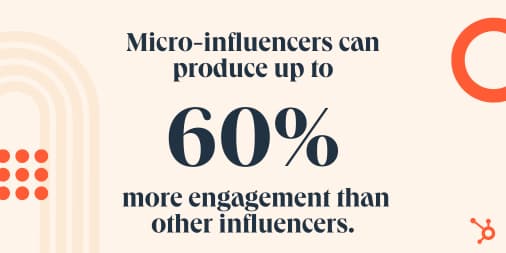





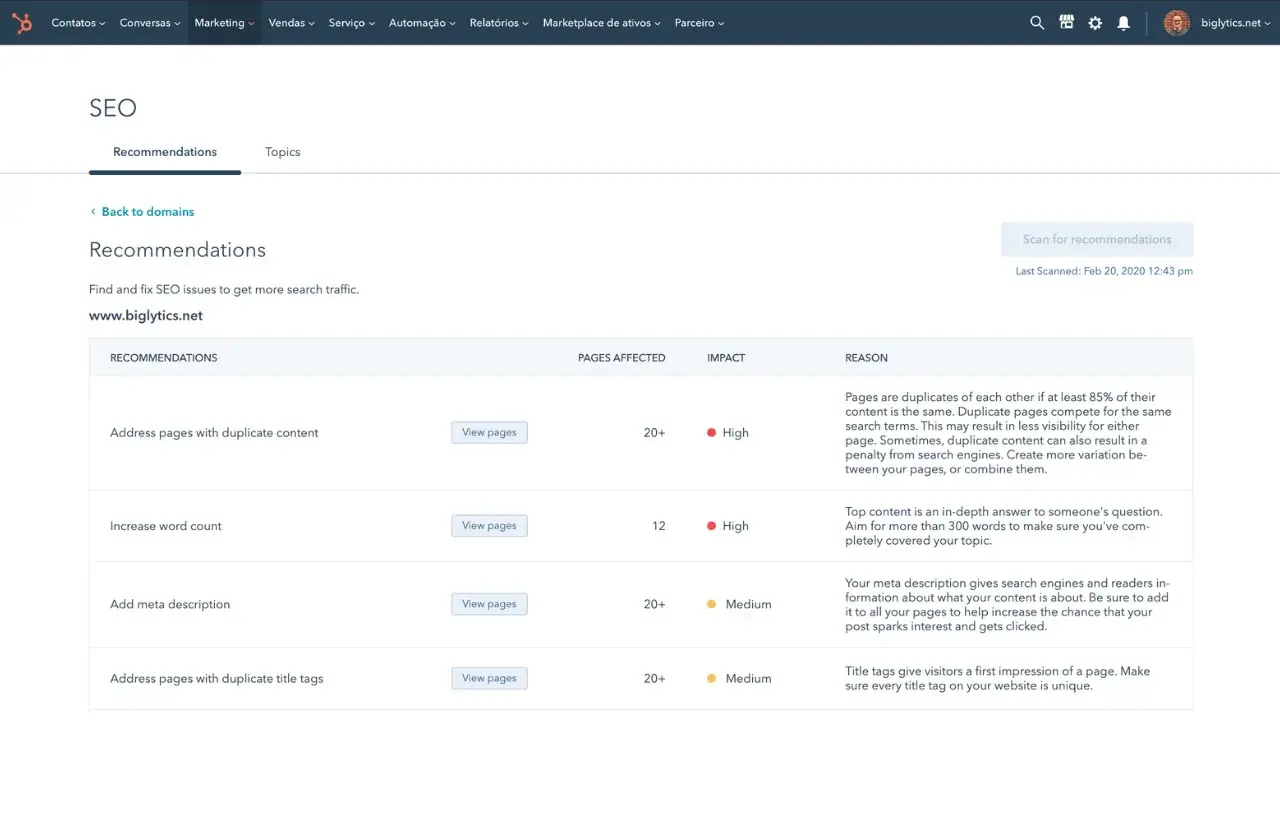
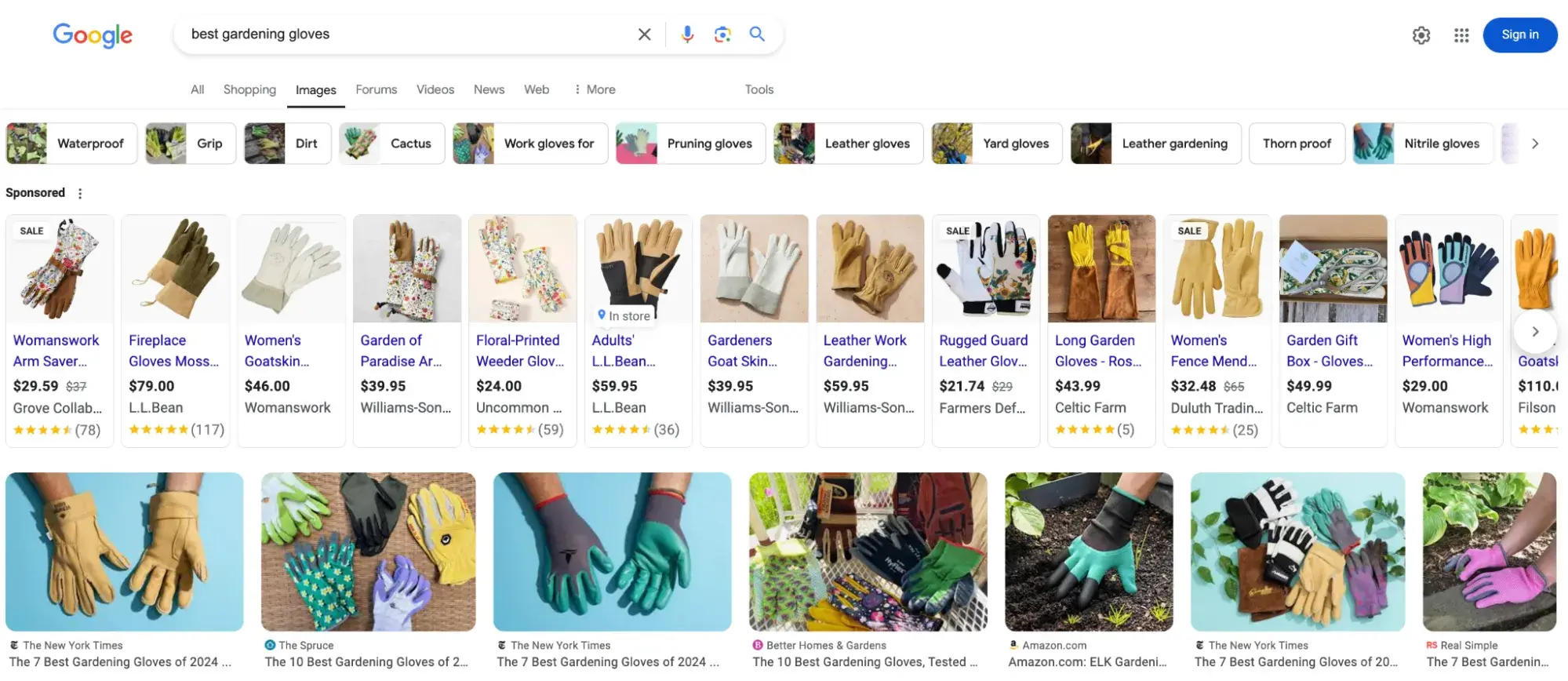
![Download Now: The Annual State of Artificial Intelligence in 2024 [Free Report]](https://i4lead.com/wp-content/uploads/2024/12/b72f2b25-8cc9-4642-9a1b-1e675d3d273b-5.png)
.jpg?width=593&height=310&name=Copy of Facebook Shared Link - 1200x628 - Percentage + Copy - Dark (20).jpg)
![→ Access Now: Video Marketing Starter Pack [Free Kit]](https://i4lead.com/wp-content/uploads/2024/12/8f27c677-d952-4663-8787-bf65c6a1ecf2.png)
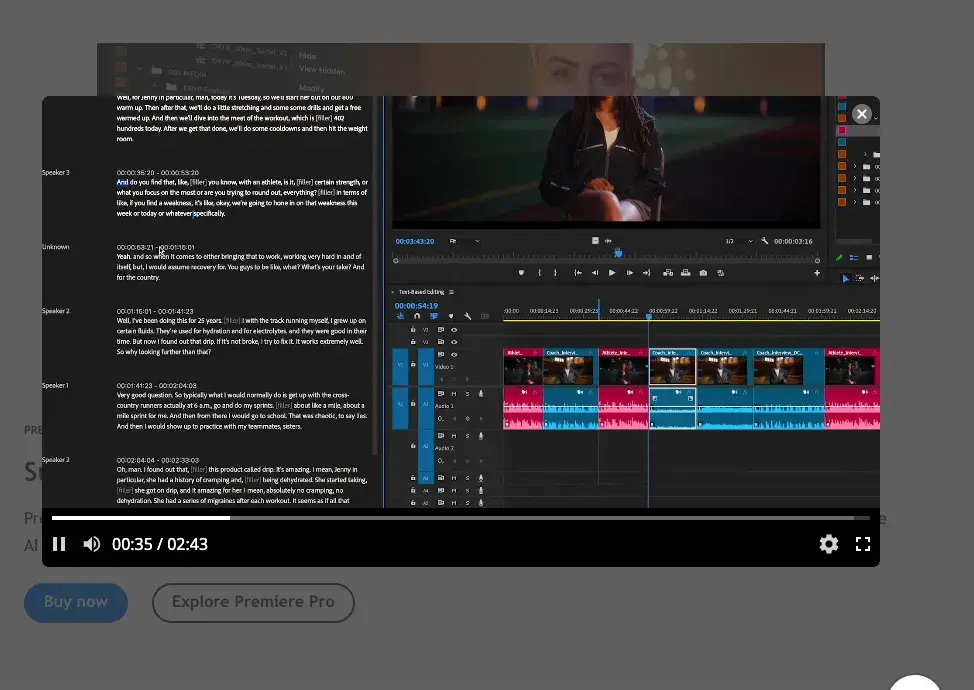
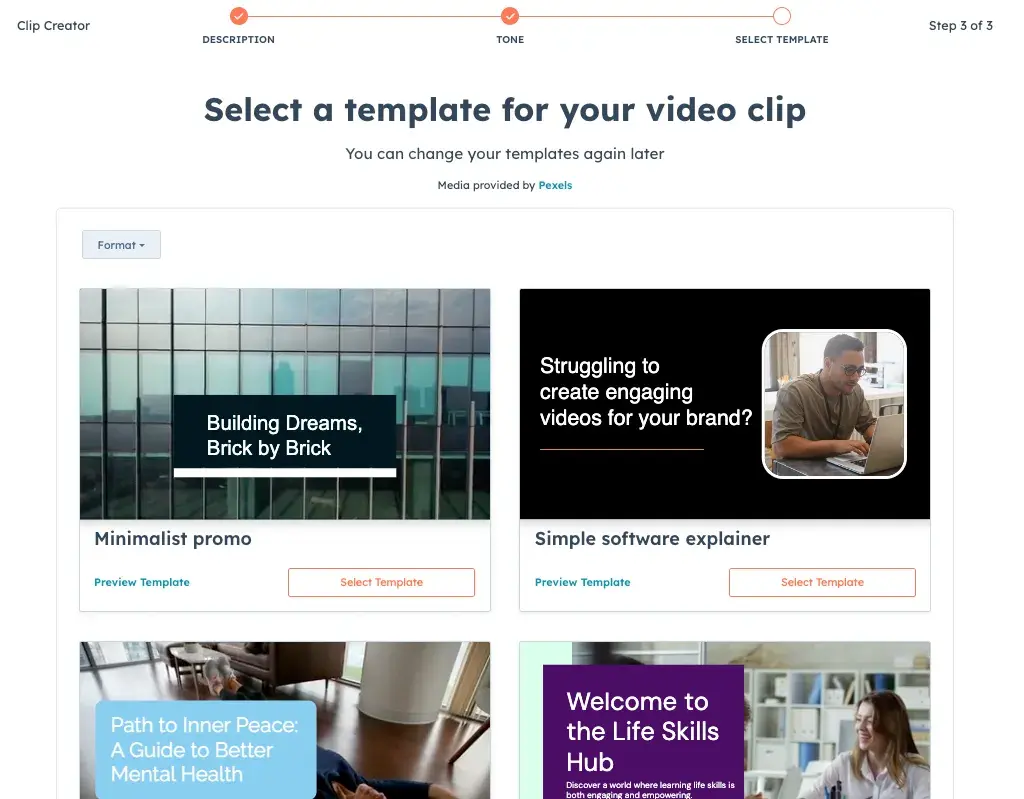



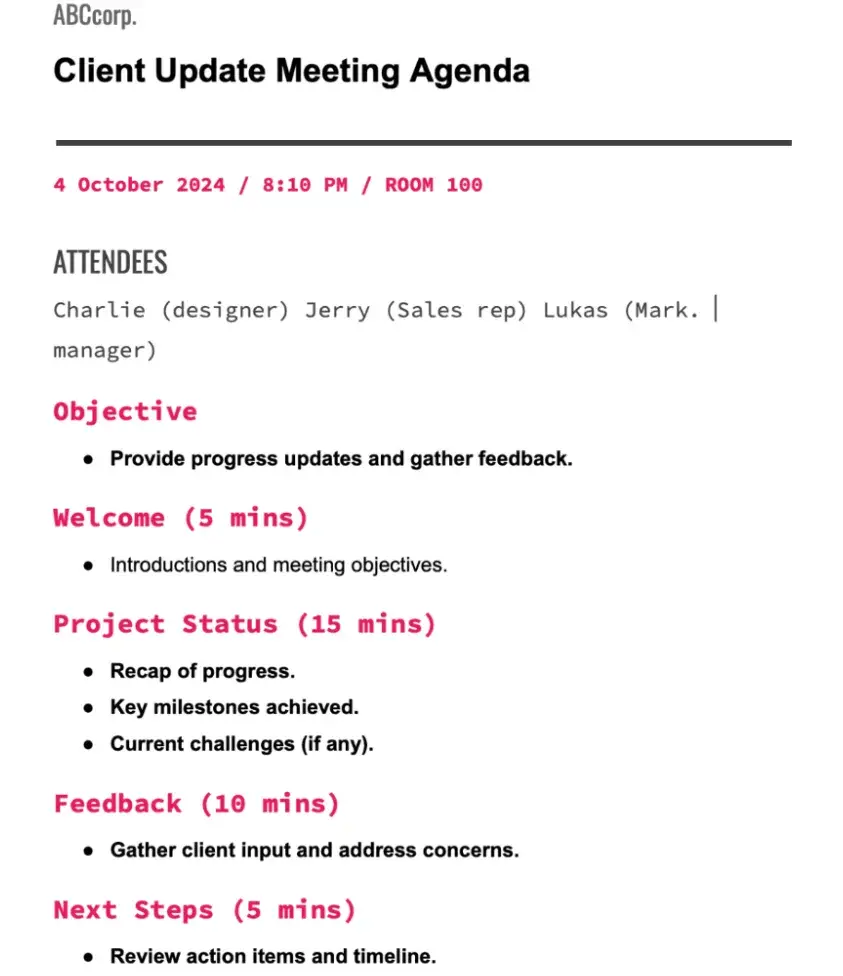





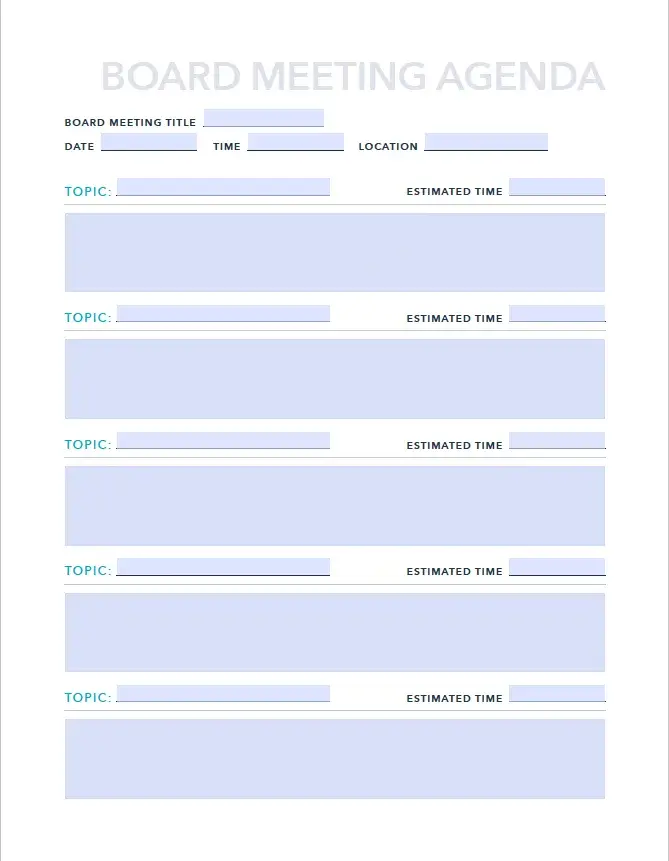
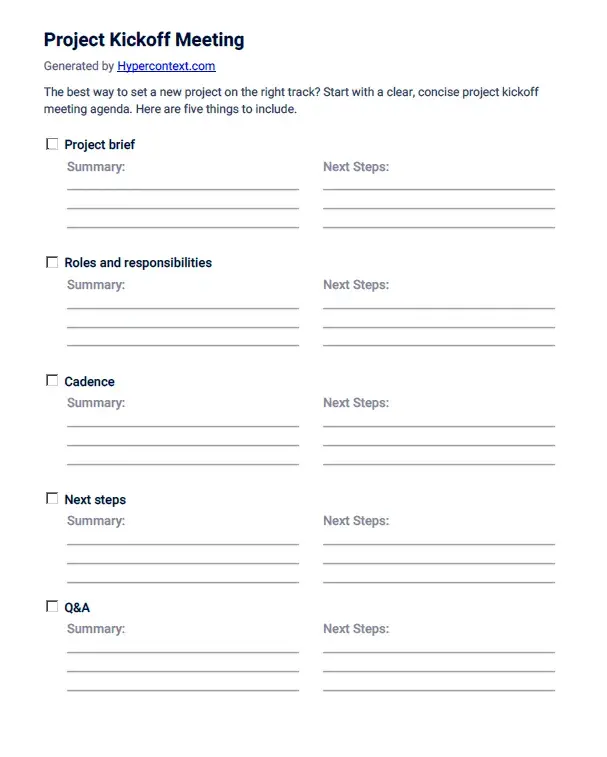
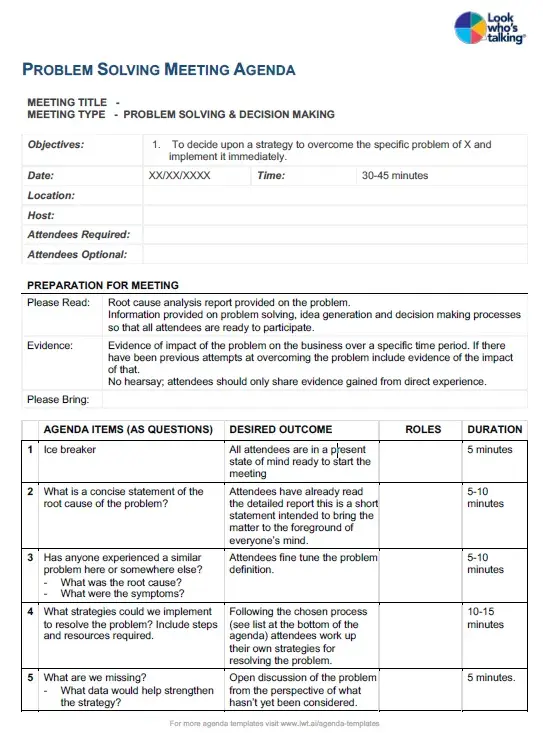
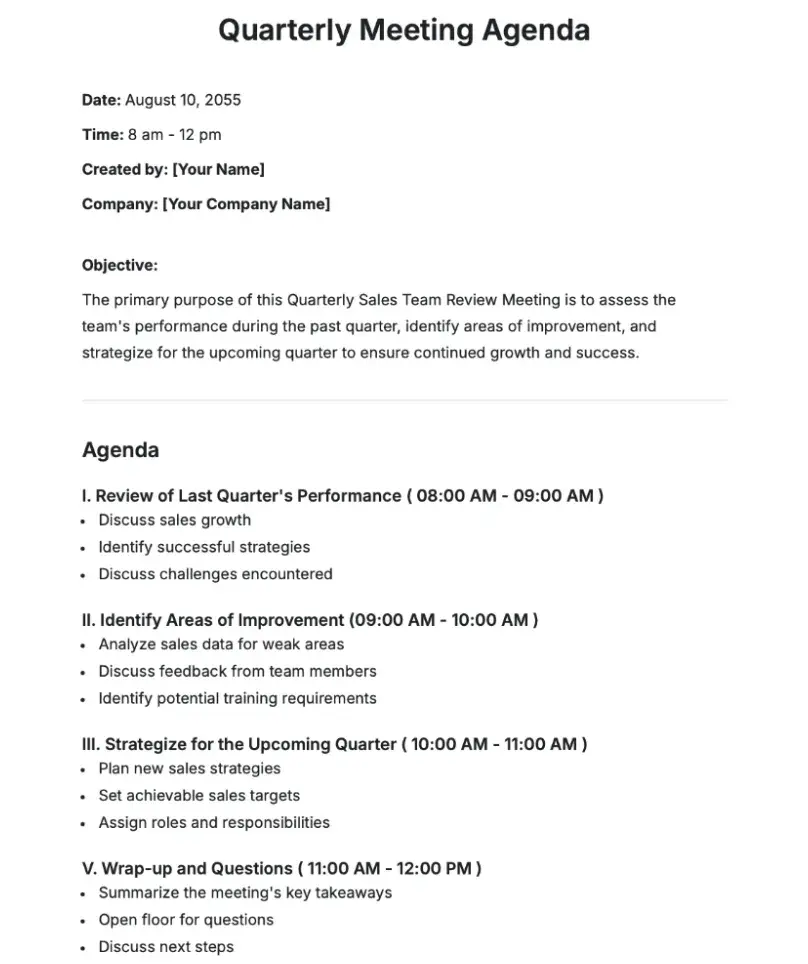
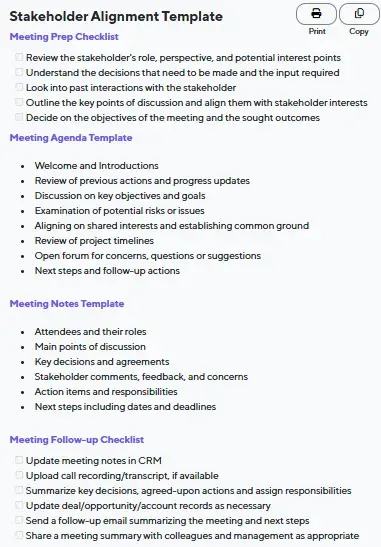
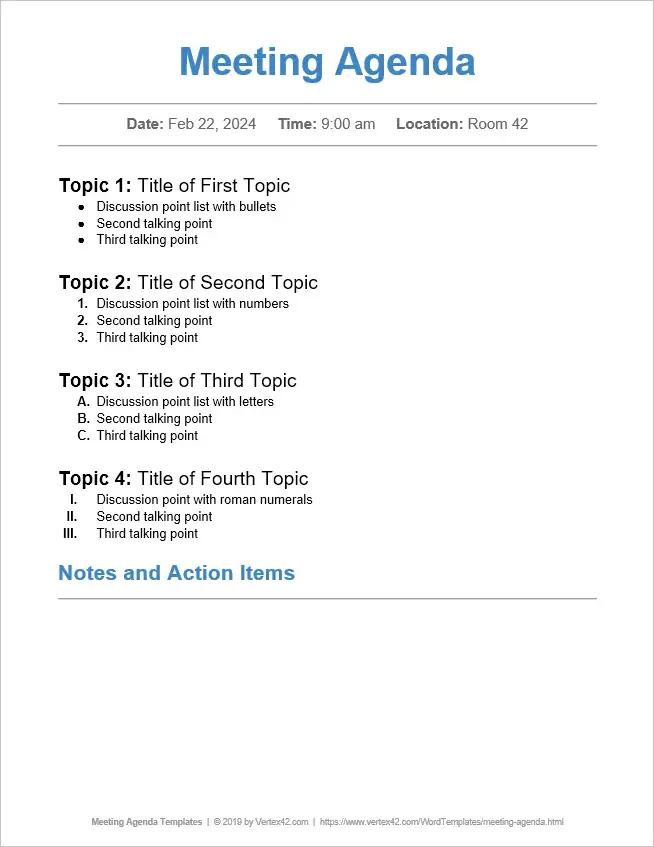
![Download Now: Complete Guide to Collaborating at Work [Free Guide + Templates]](https://i4lead.com/wp-content/uploads/2024/12/7b7e92ee-1d6f-46e1-a984-3c0aa19eb448.png)
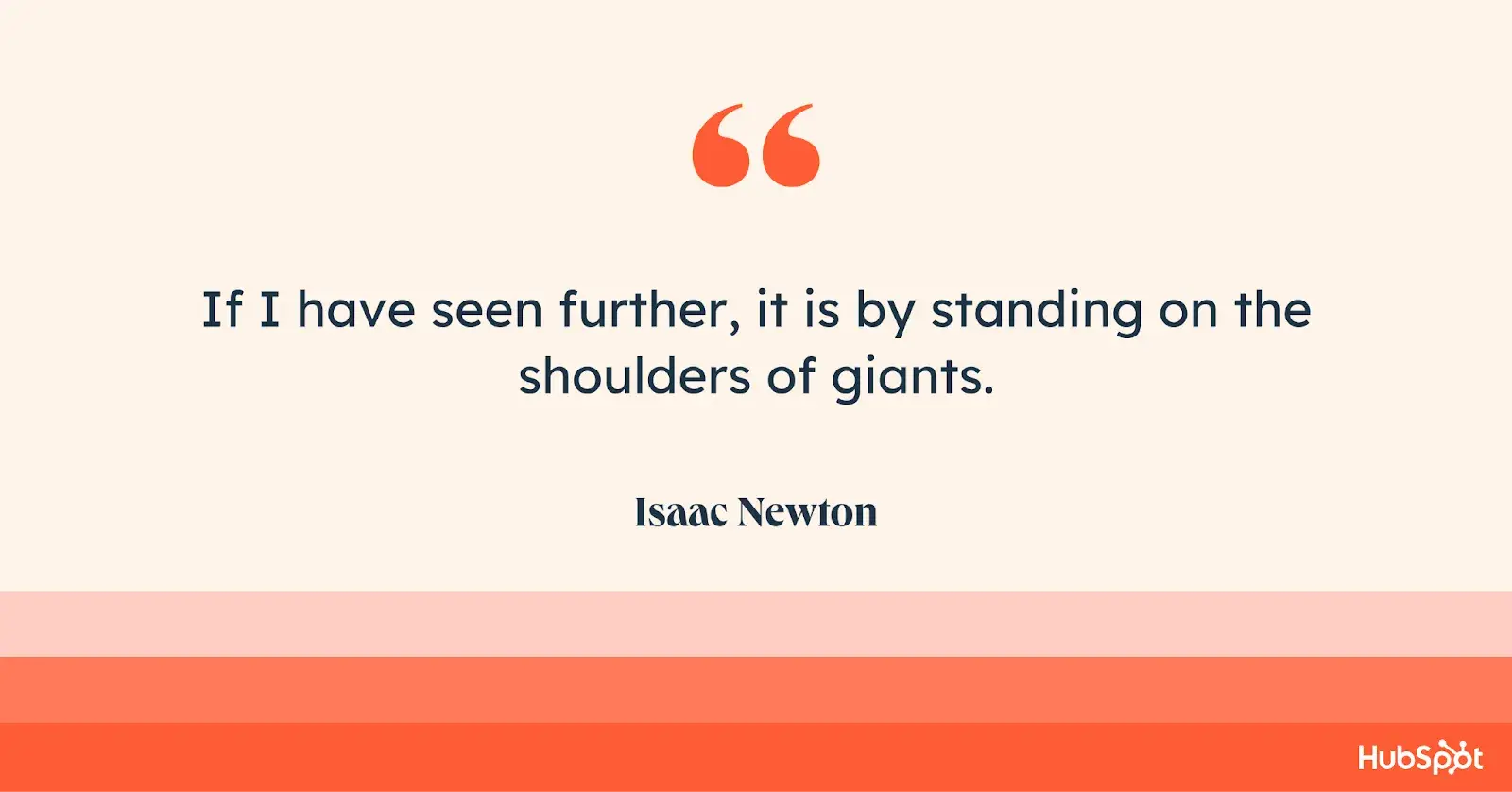

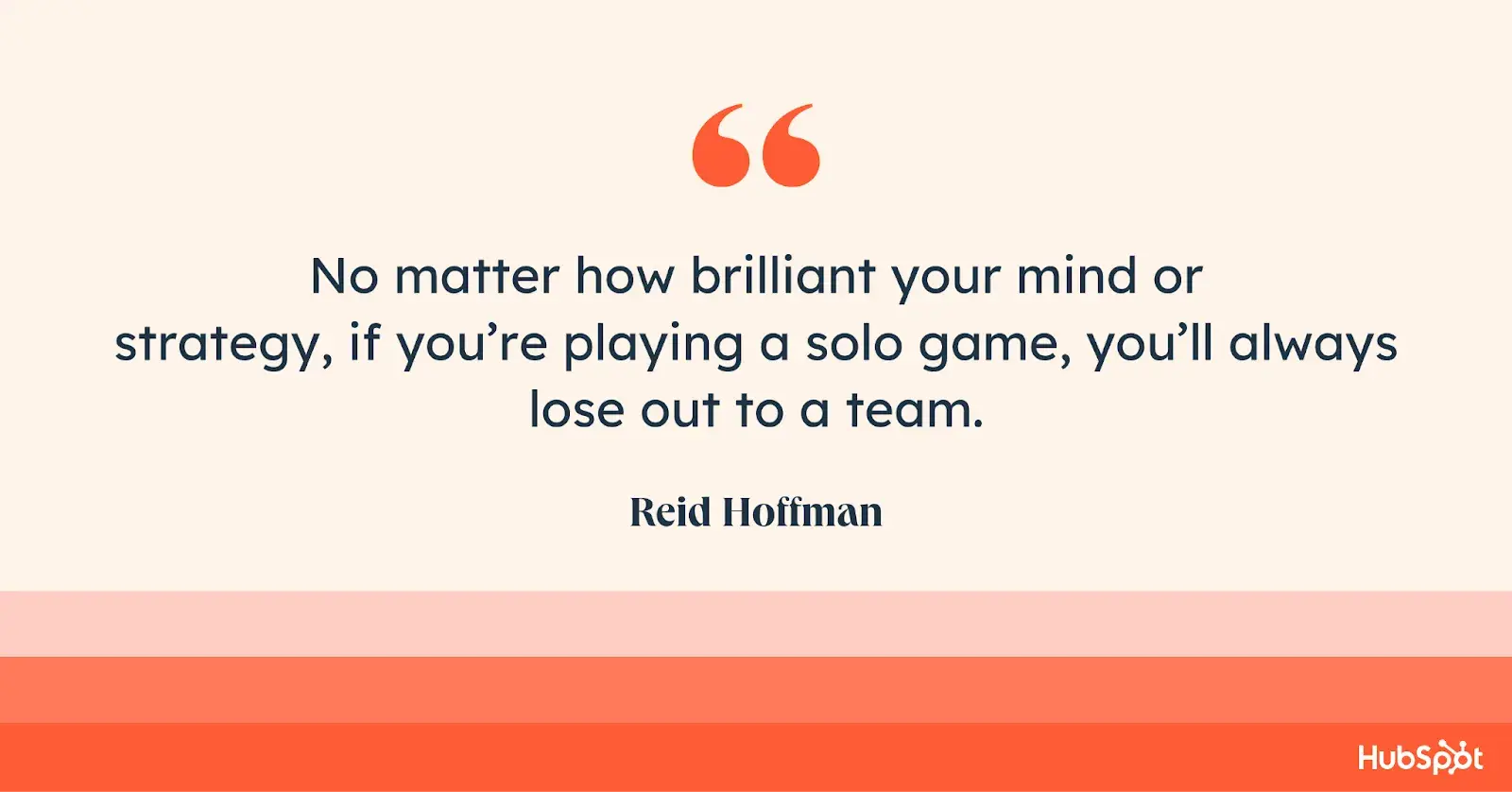
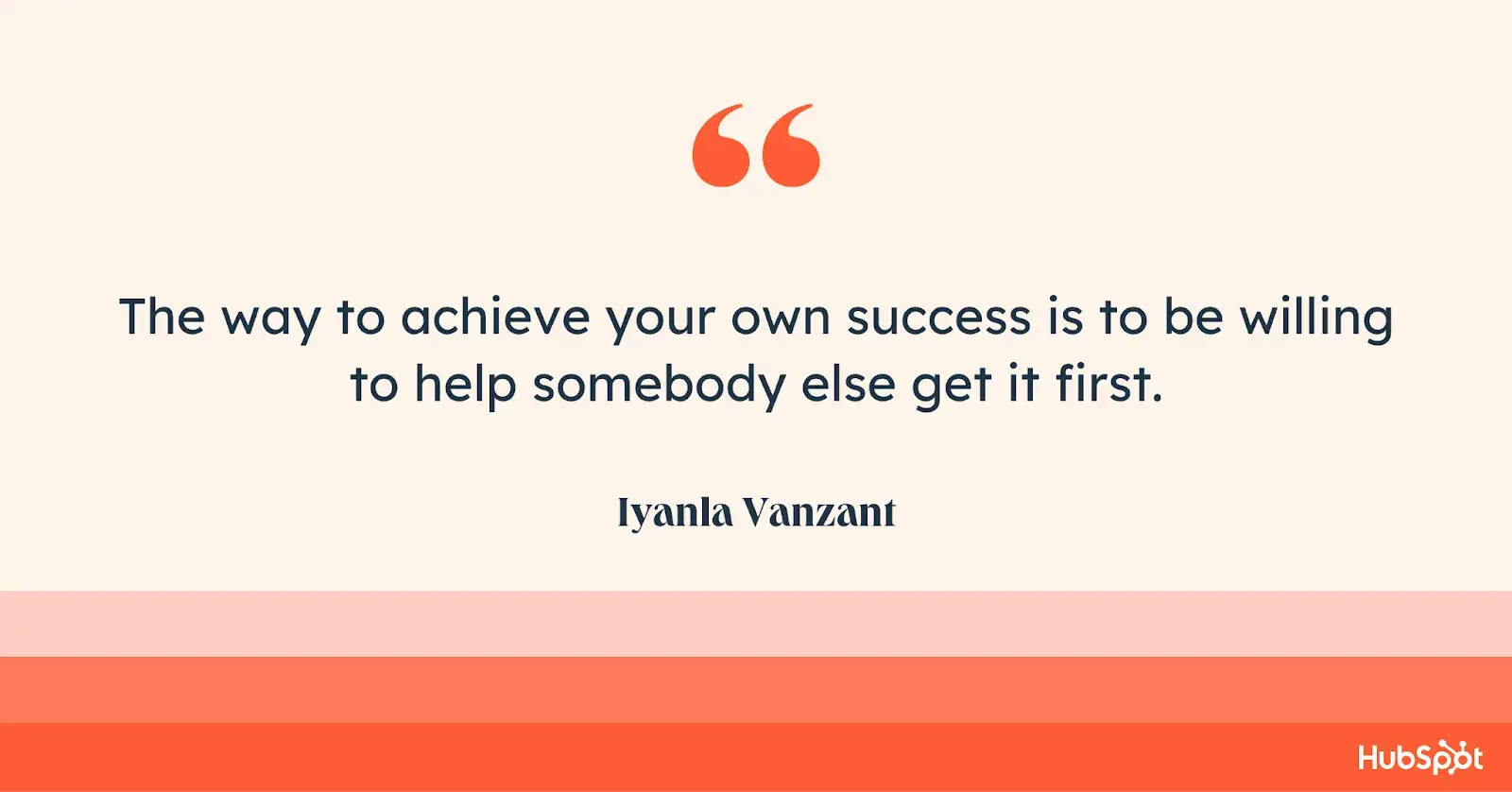
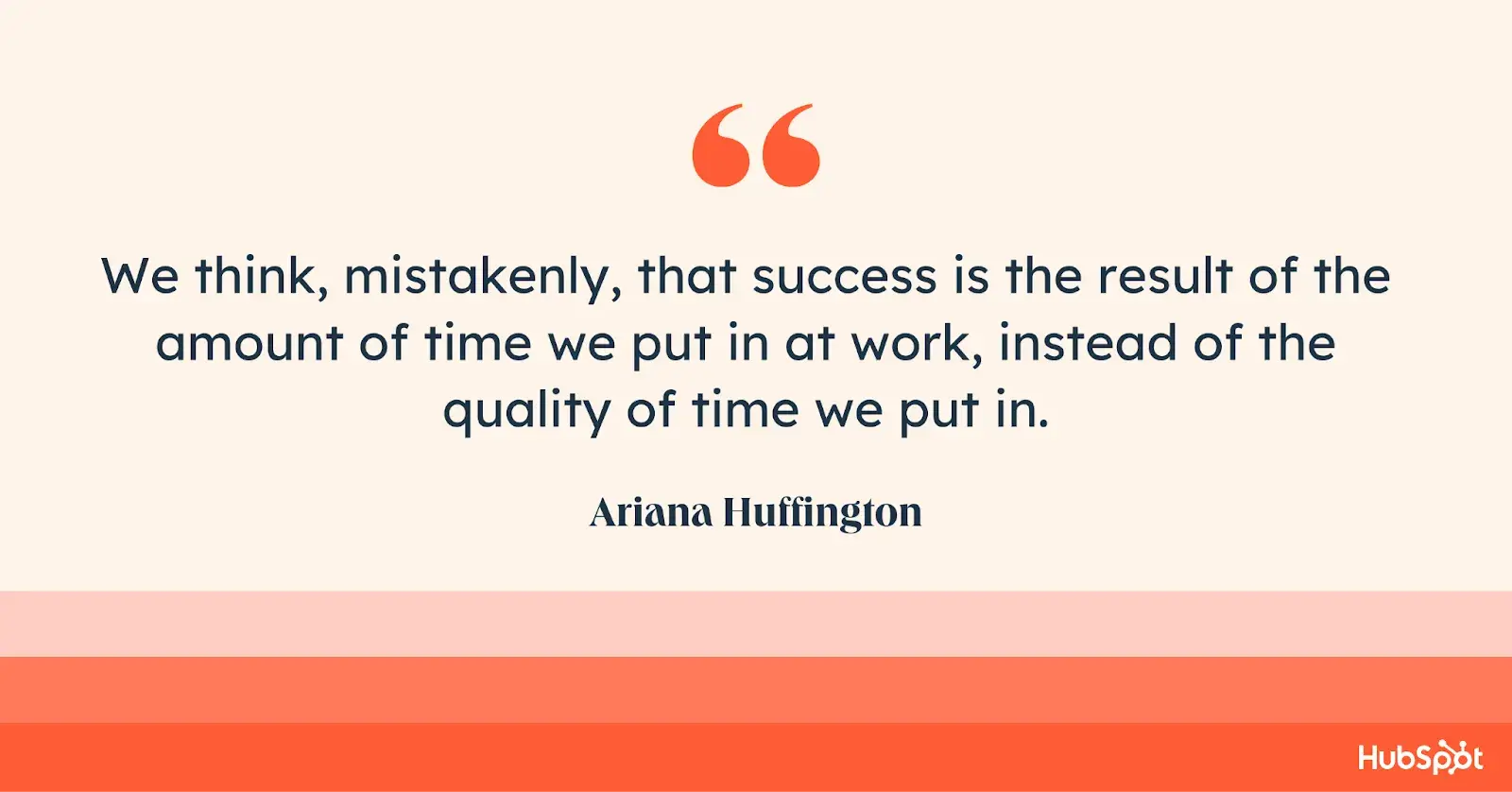
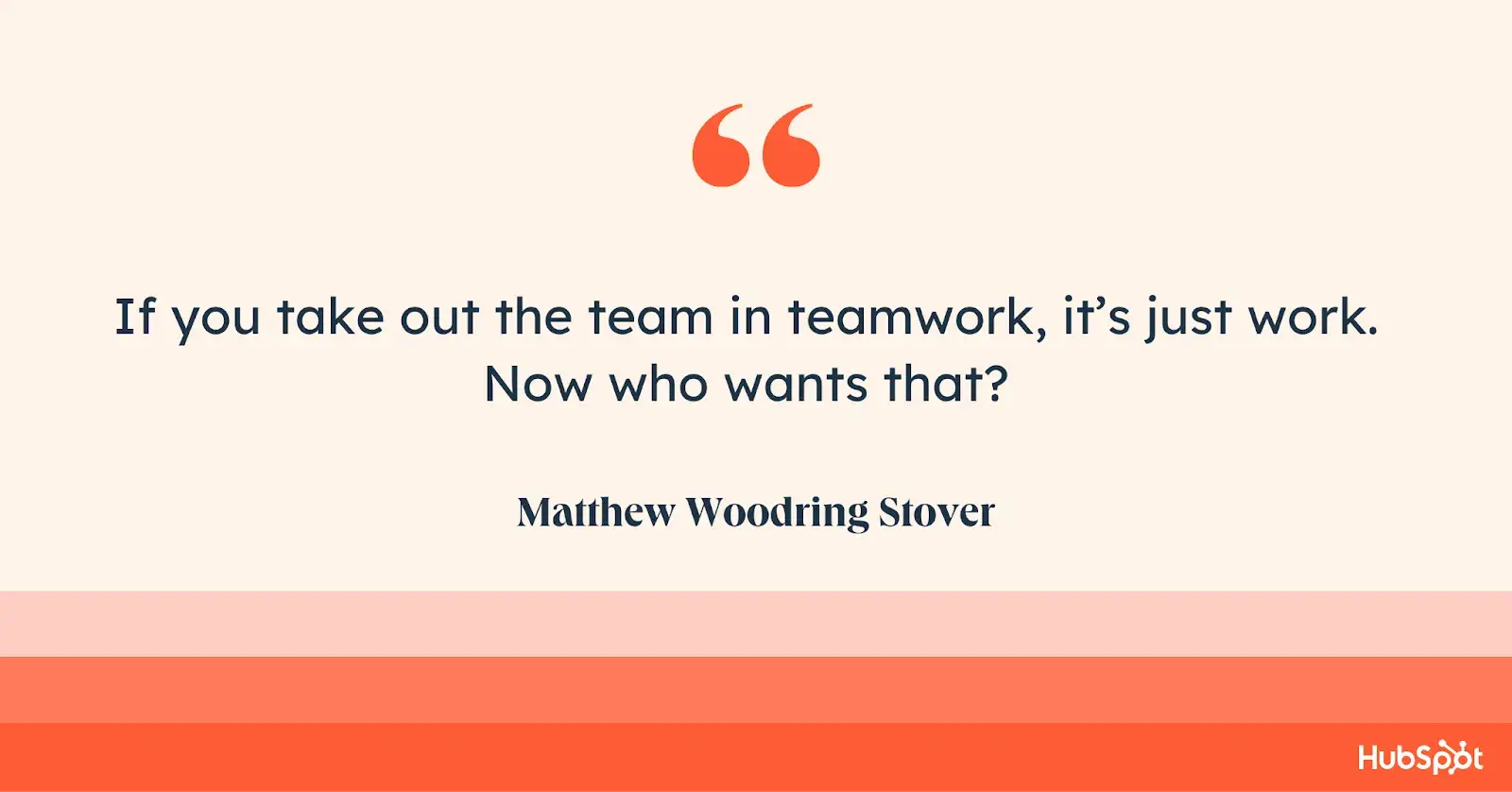
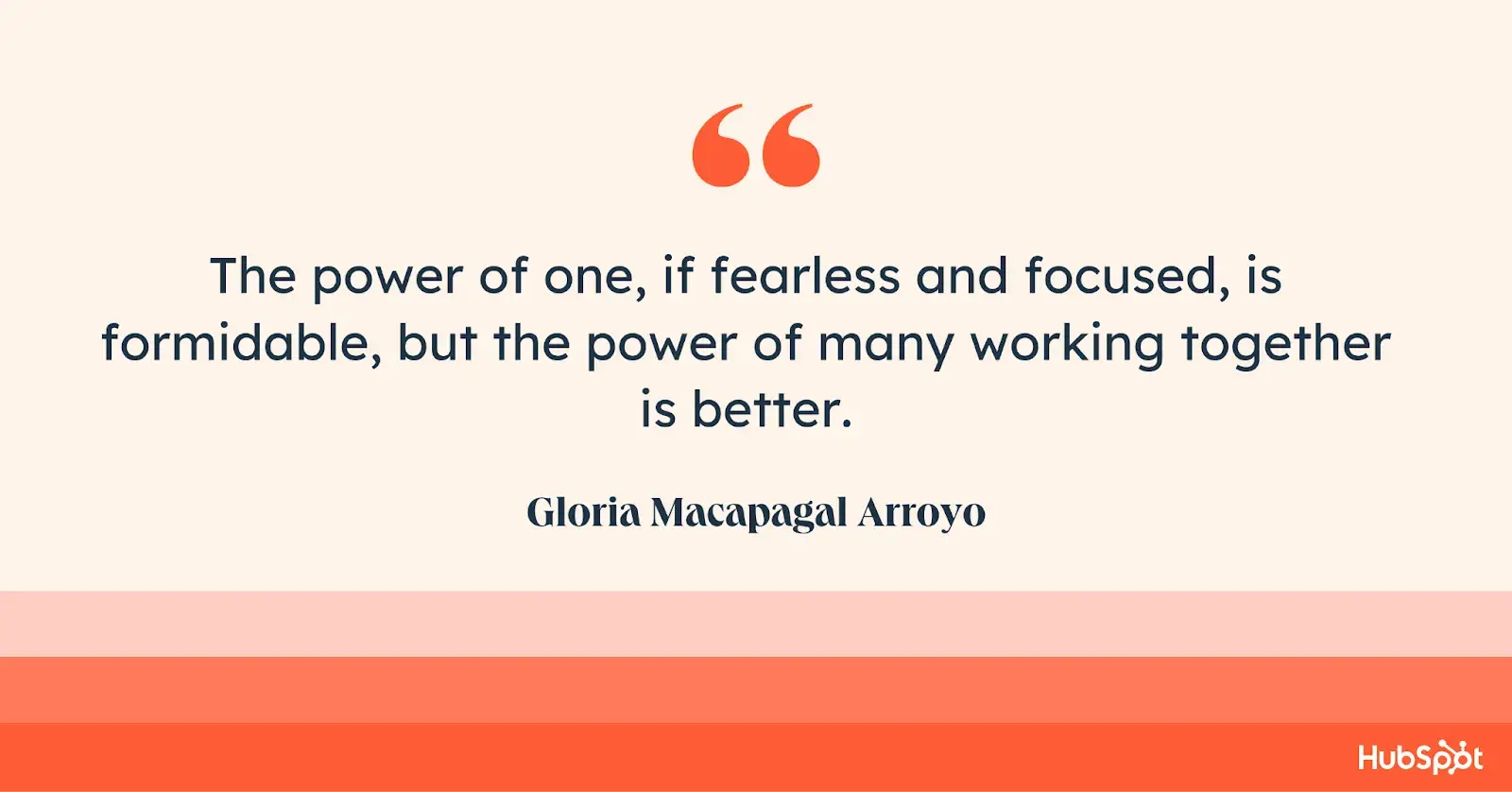
![Download Now: 50+ Excel Hacks [Free Guide]](https://i4lead.com/wp-content/uploads/2024/12/067360a3-cf50-4923-b737-86af07177c39.png)


